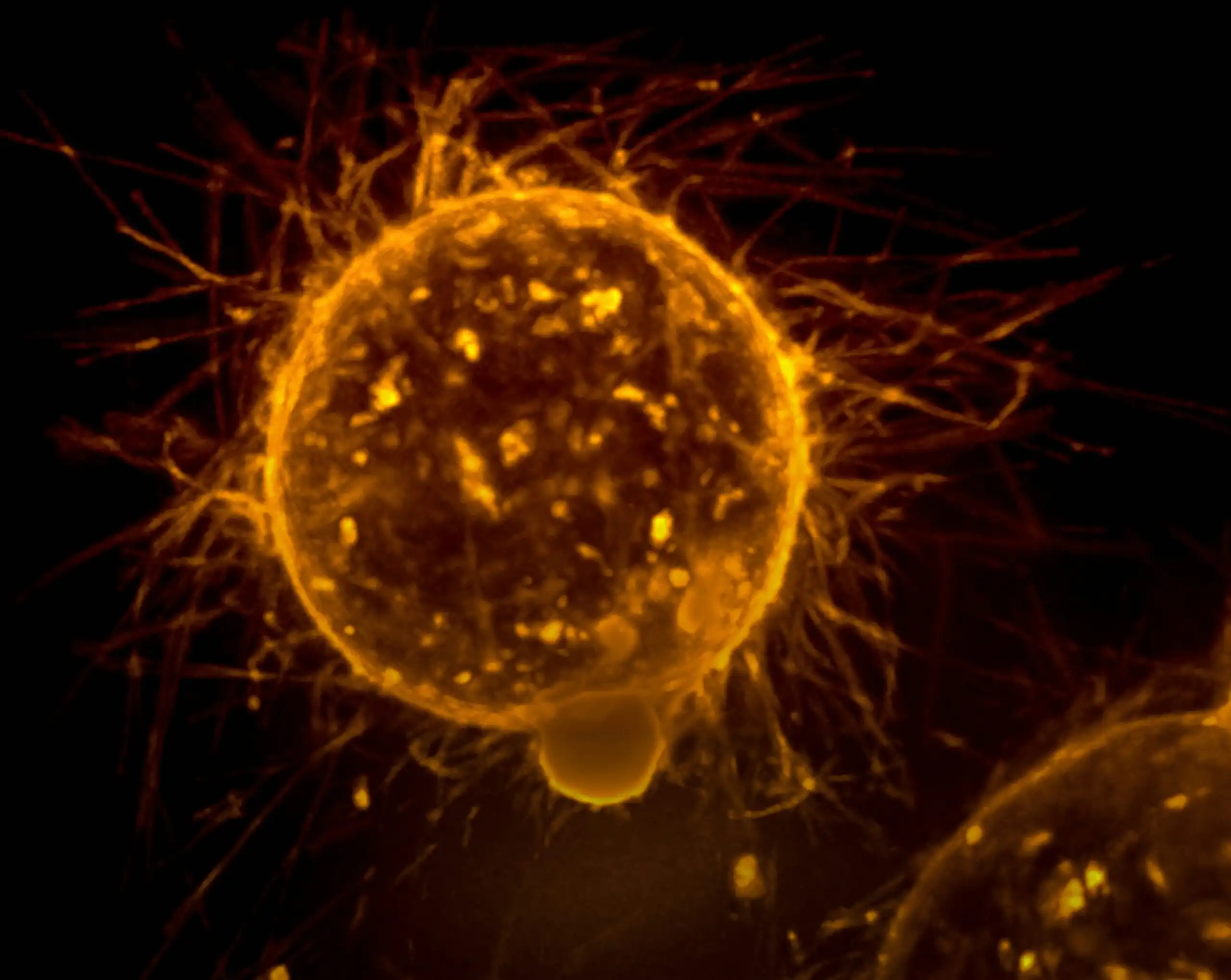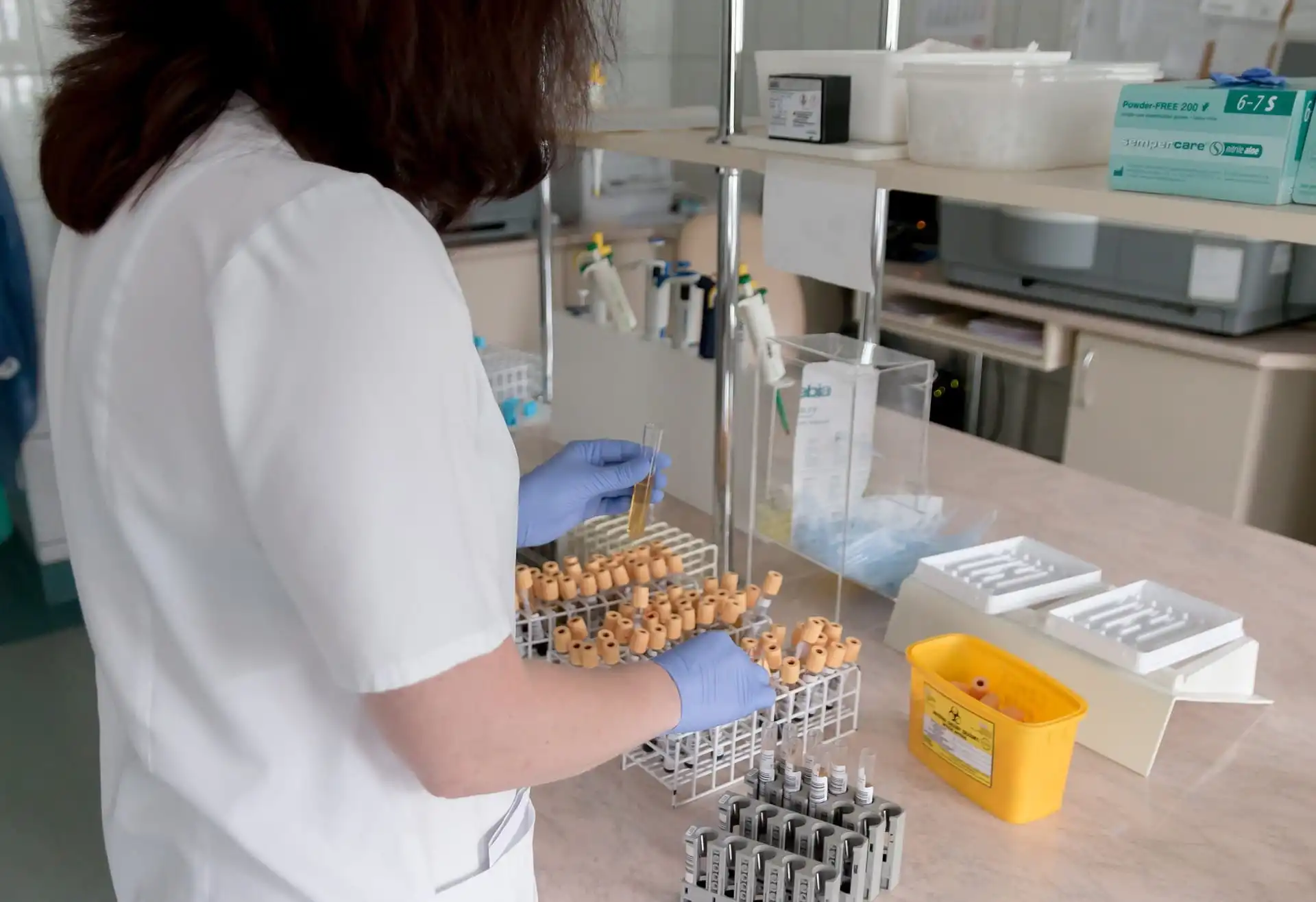
Lurasidone, also known as lurasidone hydrochloride, is a prescription drug administered for numerous mental disorders, including anxiety, bipolar disease, depression, sleep disorders, and schizophrenia.
Sold under the brand name Latuda, lurasidone is available in the US, Canada, Switzerland, Denmark, Norway, the U.K., the Netherlands, Finland, Australia, Sweden, Thailand, Hong Kong, and Singapore. The drug is also available in India under numerous brand names, including Lurasid, Alsiva, Emsidon, Lurakem, Luratrend, Tablura, Lurastar, Atlura, Lurace, Lurafic, Luramax, Latuda, Lurata, and Unison.
Table of Contents
What is Lurasidone?
Sold under numerous brand names worldwide, Lurasidone is an antipsychotic drug prescribed and administered for various mental disorders, including anxiety, depression, bipolar, schizophrenia, and sleep disorders. For bipolar conditions, it is typically prescribed along with a mood-stabilizing drug such as valproate or lithium.
Get your requested raw materials quotation
Lurasidone Regulatory Approval
United States
FDA approval of lurasidone in the US is indicated for the treatment of:
- Schizophrenia in adults and children/adolescents aged 13-17 years
- Depression with bipolar disorder in adults and children aged 10-17 years
- Depression associated with bipolar disorder in adults, in combination with valproate or lithium
European Union
Lurasidone is approved in the EU to treat schizophrenia in adults aged 18 years and over. The drug is not approved for bipolar disorder.
Lurasidone Pharmacology
Researchers are unclear on Lurasidone’s mechanism of action, however it is believed to have an effect on the production of serotonin and dopamine in the brain.
Pharmacodynamics
Lurasidone acts as a brain receptor antagonist of the dopamine receptors (D2 and D3), α2C-adrenergic receptor, and serotonin 5-HT2A and 5-HT7 receptors. The drug is also a partial agonist of the serotonin 5-HT1A receptor.
Studies suggest that lurasidone has a low and likely clinical affinity for serotonin 5-HT2C receptors. According to research, this may explain the drug’s low propensity to stimulate appetite and affect weight gain. In addition, the drug also has negligible affinity for muscarinic acetylcholine receptors and histamine H1 receptors and therefore has no anticholinergic effects or antihistamine effects.
Pharmacokinetics
The main active metabolite in Lurasidone is ID-14283 and norbornane ring hydroxylation is highlighted. Lurasidone’s other active metabolite is ID-14326, and it has the OH group in the endo position. Metabolites ID-11614 and ID-20219 are produced via the main inactivation step by oxidative N-dealkylation.
When taken by mouth, Lurasidone has an estimated 9-19% absorption rate. Researchers found that absorption increases approximately twofold when lurasidone is taken with food and peak blood plasma concentrations are reached after 1-3 hours. Approximately 99% of the circulating substance is bound to plasma proteins.
Lurasidone is predominantly metabolized via the enzyme CYP3A4 in the liver. The drug has a minimal affinity to other P450 cytochrome enzymes. It is transported by ABCG2 and P-glycoprotein, and additionally inhibits these carrier proteins in vitro while inhibiting solute carrier protein SLC22A1 without other relevant transporters.
The biological half-life of Lurasidone is 18 hours and 20-40 hours depending on the source. Nine to 19% is recovered from the urine, and 80% or 67% (of a radiolabelled dose) is recovered from the feces.
Get your requested raw materials quotation
Lurasidone Dosages
Lurasidone doses depend on the condition being treated. Some lurasidone treatment dosages include:
Lurasidone for Anxiety
There is no standard lurasidone for anxiety. The average prescription according to online sources is 20-120 mg per day.
Lurasidone for Bipolar Depression
- Monotherapy: 20 mg per day not to exceed 120 mg/day
- Adjunctive therapy: 20 mg per day not to exceed 120 mg/day
Lurasidone for Bipolar Disorder
- Monotherapy: 20 mg per day not to exceed 120 mg/day
- Adjunctive therapy: 20 mg per day not to exceed 120 mg/day
Lurasidone for Schizophrenia
- 40 mg per day initially, not to exceed 160 mg/day
Lurasidone vs. Risperidone
Risperdal (risperidone) is thought to help control thoughts and mood while lurasidone (Latuda) is indicated for depression and schizophrenia-related to bipolar disorder.
Lurasidone for Sleep Disorders
According to one study, lurasidone increased total sleep time by an average of 28.4 minutes in the laboratory when compared to a placebo. In addition, the drug was found to decrease wake time after sleep onset, and after the final awakening. Researchers also believe it increases sleep efficiency.
Lurasidone for PTSD
Lurasidone is rarely prescribed for PTSD. However a randomized, double-blind study by Monelly, et al. suggests that 0.5 to 2mg of the alternative risperidone reduces intrusive thoughts and irritability in combat-related PTSD.
Lurasidone Side Effects
Latuda/Lurasidone side effects include:
- Weight gain
- Lipid-related adverse effects
- Increased risk for a stroke
- Increased risk of transient ischemic attack
- Increased mortality
- Drowsiness
- Dizziness
- Lightheadedness
- Nausea
- Shaking
- Mask-like facial expressions
- Inability to keep still
- Agitation
Lurasidone may cause facial muscle twitching in addition to tardive dyskinesia – a condition characterized by uncontrollable movements such as mouth puckering, lip-smacking, tongue thrusting, mouth chewing, and other unusual arm and leg movements.
This condition may be permanent in some cases.
Lurasidone Interactions
Lurasidone increases blood plasma concentrations when used with CYP3A4 inhibitors. This may lead to additional side effects, and has been verified for ketoconazole and other 3A4 inhibitors such as grapefruit juice.
Frequently asked questions:
Lurasidone works by antagonizing specific receptors in the brain. Research suggests that the drug acts as an antagonist of the α2C-adrenergic receptor, dopamine receptors (D3 and D2), and serotonin 5-HT2A and 5-HT7 receptors. In addition, it is also a partial agonist of the serotonin 5-HT1A receptor.
Lurasidone or lurasidone hydrochloride is an atypical antipsychotic prescribed to treat several mental illnesses and disorders such as anxiety, sleep disorders, bipolar, depression, schizophrenia, and post-traumatic stress disorder.
Lurasidone belongs to a class of medications called atypical antipsychotics. Atypical antipsychotics work by altering the activity of certain substances or hormones in the brain responsible for mood, such as dopamine and serotonin.
Lurasidone works by acting as an antagonist of the dopamine receptors (D3 and D2), α2C-adrenergic receptor, and serotonin 5-HT2A and 5-HT7 receptors. The drug also acts on the serotonin 5-HT1A receptor as a partial antagonist.
Lurasidone (or Latuda) results vary substantially between patients depending on their height, weight, and the condition being treated. Generally, the drug works for most patients within 6 weeks and possibly sooner depending on the dose.



















